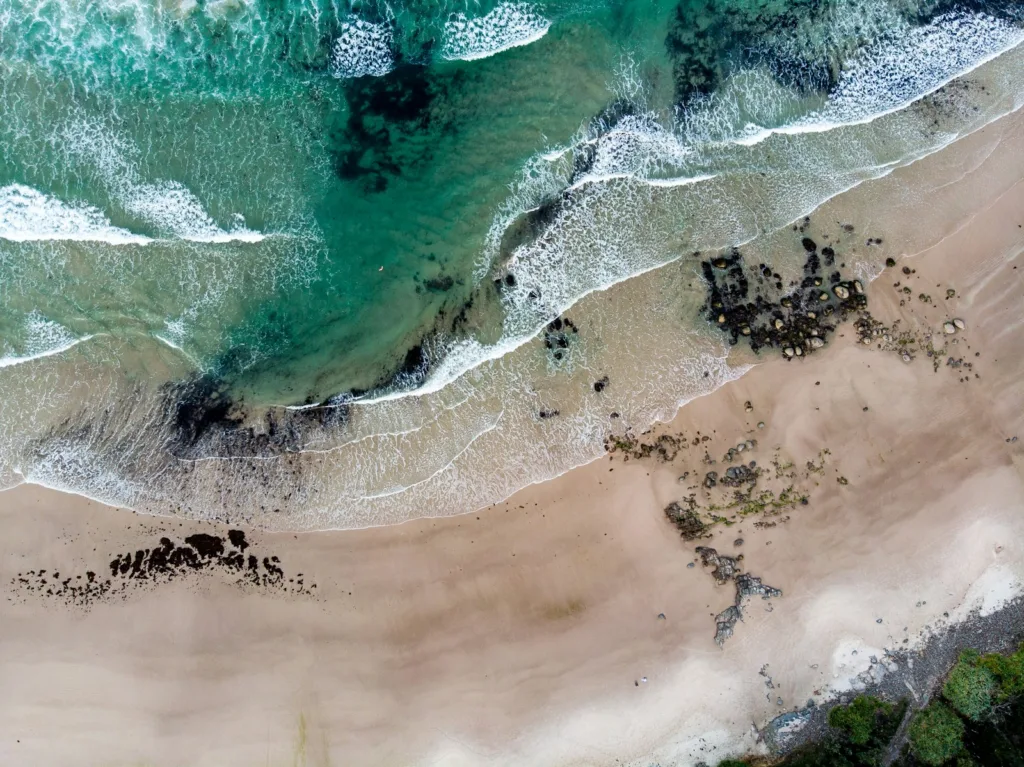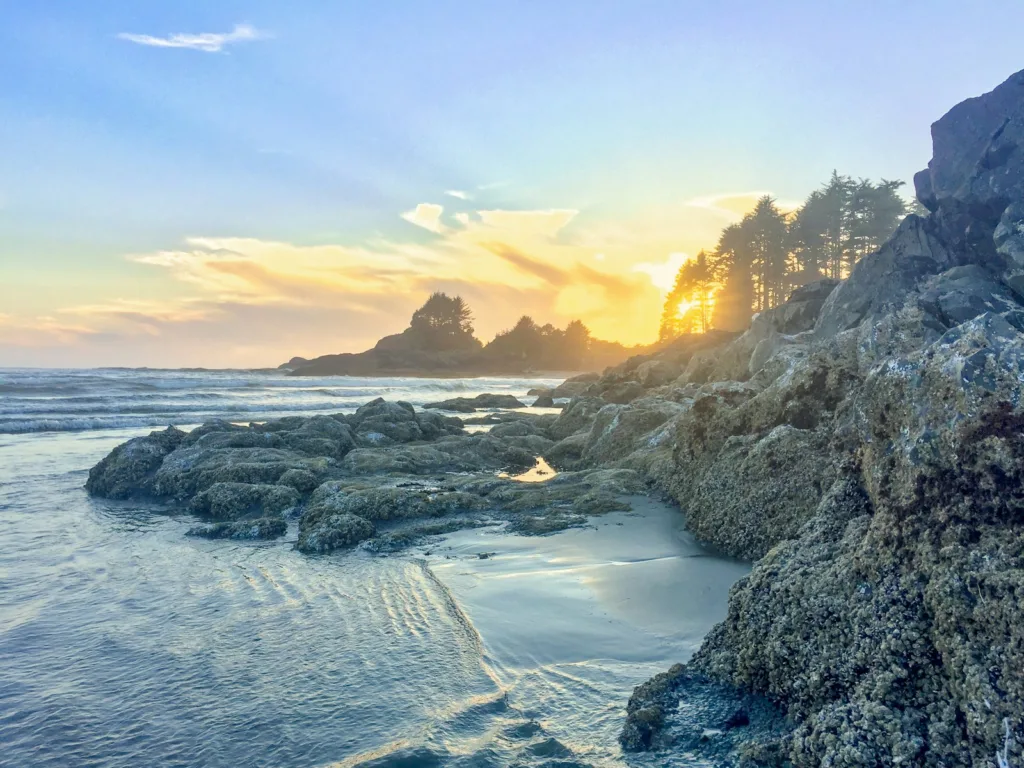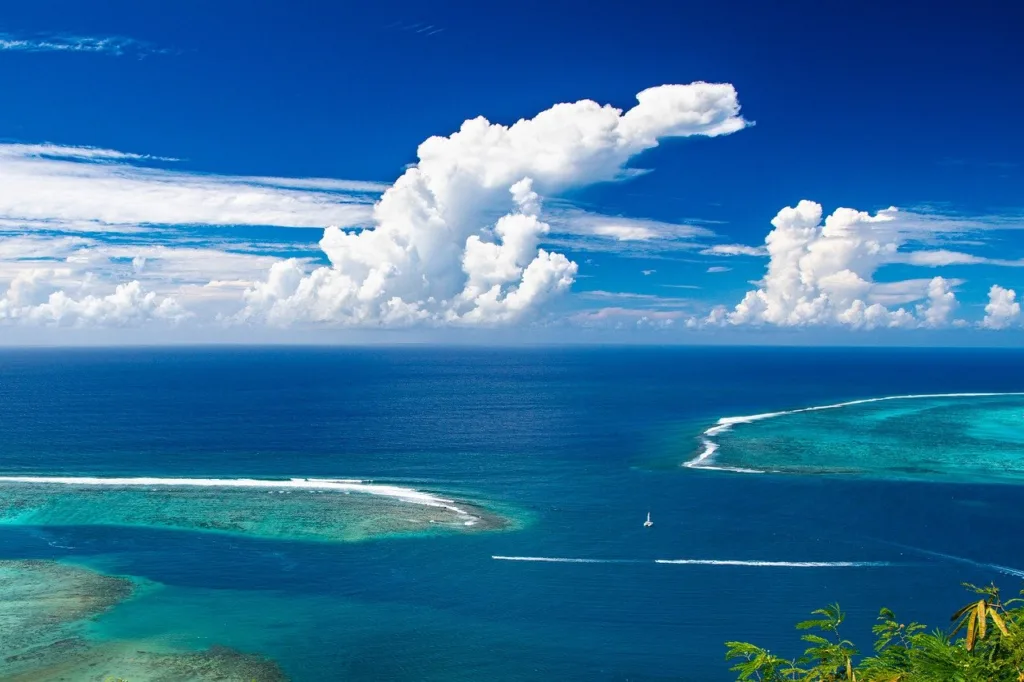Table of Contents
Under the Pacific Ocean, scientists think they have discovered a glimpse into Earth’s early history.
Under the Pacific Ocean, scientists think they have discovered a glimpse into Earth’s early history. The key to our past, according to a team led by scientist Cornel de Ronde of GNS Science and geophysicist Simon Lamb of the University of Wellington, is located deep below the surface of the water off the coast of New Zealand and in a remote area of South Africa.
So what connects these two locations, which are on different corners of the globe?
When as a whole, they provide insight into the early world and provide surprising hints regarding the beginnings of the planet Earth and potentially even taken life.
The scientists wrote for The Conversation, explaining that they started their work when de Ronde produced a new, in-depth geological map of the Barberton Greenstone Belt, a location in the highveld of South Africa.

The two write, “Despite numerous attempts, the geological formations in this region have proven difficult to decipher.”
They contend that the rock substrate of the Belt defies the then-commonly accepted theory of plate tectonics.
However, they assert that “the key to cracking this code” has been revealed by their recent research.
A section of the ancient deep seafloor in the Barberton Greenstone Belt was discovered by De Ronde’s map, which dates the creation of the planet to around 3.3 billion years ago, when it was just 1.2 billion years old.
However, Lamb and de Ronde note that “there was something very strange about this seafloor.”
“And to make sense of it, we had to examine rocks that were laid down in New Zealand, at the opposite end of Earth’s long history.”
The two scientists contend that the conventional wisdom of the early Earth is incorrect, viewing it as a flaming ball of molten lava with a surface too feeble to form hard plates and thus experiencing earthquakes.
Instead, scientists propose that massive earthquakes that occurred every time a tectonic plate slipped beneath another in a subduction zone rattled the newborn world nonstop.

They noticed that the “jumbled up” rock layers on de Ronde’s map of the Barberton Greenstone Belt resembled more recent underwater landslides that have happened in New Zealand.
Large-scale earthquakes along the megathrust in the Hikurangi subduction zone, the greatest fault in the nation, where the bedrock is composed of a jumble of sedimentary rocks, caused these landslides.
Approximately 20 million years ago, these rocks were first deposited on the seafloor off the coast of New Zealand. The area was home to a deep oceanic trench that frequently saw powerful earthquakes.
The specialists assert that they have unraveled the riddle of the Barberton Greenstone Belt formations by taking into account the formation of this rockbed in New Zealand.
They have concluded that these formations, like their young successor, were the “remnant of a gigantic landslide containing sediments deposited both on land or in very shallow water, jumbled with those that accumulated on the deep seafloor.”
In other words, the idea that the early Earth was not capable of experiencing such seismic activity is refuted by the fact that if the rock strata in New Zealand were created by earthquakes, then so were the ones in the Barberton Greenstone Belt.

Additionally, Lamb and de Ronde note that “subduction zones are also associated with explosive volcanic eruptions,” implying that their research “may have unlocked other mysteries, too.”
They point to the Hunga Tonga-Hunga Ha’apai volcano in Tonga, which erupted in January 2022 with the force of a “60 Megaton atomic bomb” and threw a massive cloud of ash into space, through which more than 200,000 lightning strikes flashed over the course of the next 11 hours.
Underwater volcanoes in the same volcanic region are releasing boninite, an incredibly uncommon kind of lava. They continue, “This is the closest extant example of a lava that was common in the early Earth.”
The substantial amounts of volcanic ash discovered in the Barberton Greenstone Belt, according to Lamb and de Ronde, “may be an ancient record of similar volcanic violence.”
Interestingly, they also propose that the lightning bolts may have served as the catalyst for the formation of “the crucible for life,” whereby the fundamental organic molecules were produced.
Put another way, subduction zones may have been the spark that sparked the flame of life itself, in addition to being the cause of tectonic chaos.
read also : 9 of the Greatest Nations with the Most Attractive Natural Wonders
Strange structures discovered in the Pacific could change our understanding of Earth (msn.com)
reaPacific Pacific Pacific Pacific Pacific Pacific Pacific


1 thought on “Our concept of Earth may be altered by strange structures found in the Pacific.”